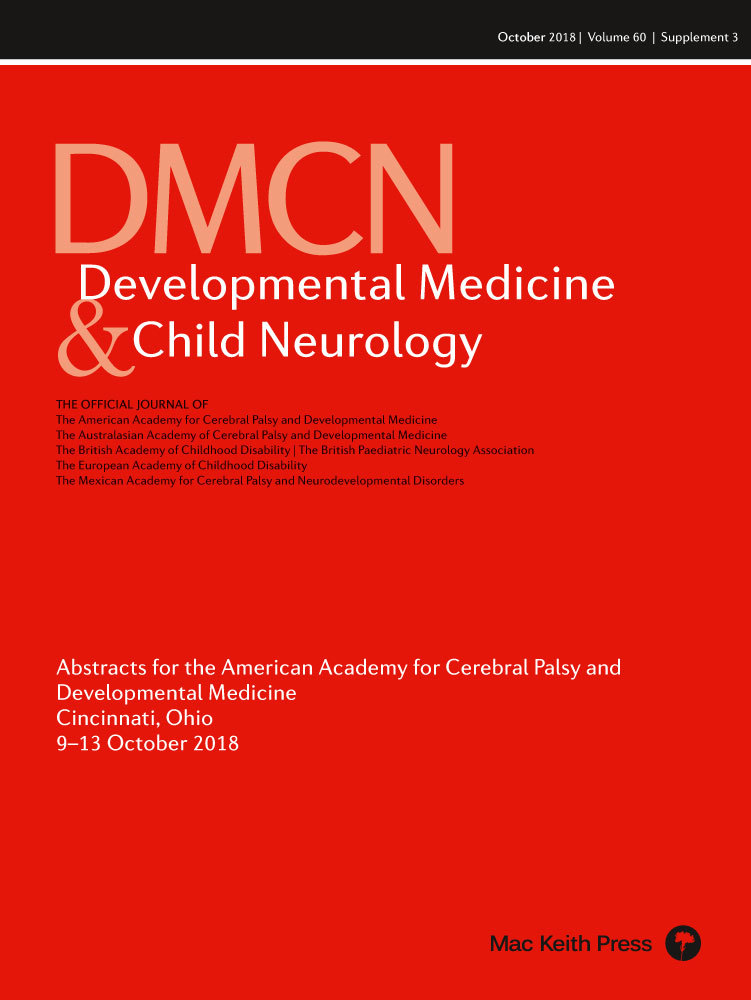Last-minute care for pre-anesthetic clearance in children with neuromuscular scoliosis undergoing spinal fusion
H6
J Berry1,2, T Glaspy3, B Eagan1, I Leahy1, S Singer4, E Ward1, L Glader1,2, C Crofton1, J Cox1,2, M Troy1, C Johnson1, M Glotzbecker1,2, L Ferrari1,2
1Boston Children's Hospital, Boston, MA, USA; 2Harvard Medical School, Boston, MA, USA; 3Tufts University School of Medicine, Medford, MA, USA; 4Stanford University School of Medicine, Stanford, CA, USA
Background and Objective(s): Pre-anesthetic clearance for children with neuromuscular scoliosis underdoing spinal fusion can be challenging because of the children's multi-morbidities and fragile health status. We compared evaluations for clearance in children with and without upstream general pediatrics involvement in peri-operative care planning.
Study Design: Retrospective chart review.
Study Participants & Setting: 79 children ages 5–21 years undergoing spinal fusion from 1/2014 to 6/2016 at a children's hospital.
Materials/Methods: Chart review was performed with abstraction of clinical documentation from preoperative health evaluations performed regularly by anesthesiology clinicians and occasionally earlier by a general pediatrician. Preoperative evaluation performed by anesthesiology nurses and physicians included medical record review, current health history, review of systems, and physical examination. General pediatrics evaluation, performed in advance of the anesthetic evaluation, involved screening, review, and care management of each child's co-existing conditions, with attention to the conditions (e.g., under-nutrition, gastrointestinal dysmotility, neurogenic bladder, etc.) that might compromise peri-operative safety and health recovery. Using a Fisher's exact test, the rates of “last-minute activities” (e.g., new perioperative care plans, communications, referrals, etc.) performed with the pre-anesthestic evaluation shortly before spinal fusion were compared between patients with and without a preceding general pediatrics comprehensive health assessment.
Results: The mean age at surgery was 14 (SD 3) years; cerebral palsy (64%) and spina bifida (15%) were the most common neuromuscular conditions. The anesthesia visit occurred a median of 10 days (IQR 3–15) in advance of spinal fusion. Of 79 children, 39 (49%) had a pre-operative general pediatrics evaluation a median 63 days (IQR 33–156) ahead of the anesthesia visit. Children with a pre-operative general pediatric evaluation had more organ systems affected by their co-existing conditions than children without an evaluation [median 11 (IQR 9–12) vs. 8 (IQR 5–11) systems, p<0.001]. The rate of last-minute activities for anesthetic clearance was lower by half for children with vs. without a pre-operative general pediatrics evaluation (1.8 vs. 3.6 per patient). A lower percentage of children with general pediatrics evaluation required last-minute development of new pre-operative plans [26% vs. 45% (p=0.02)] and post-operative plans [26% vs. 50% (p=0.002)]. Respiratory (10%) and neurologic (8%) perioperative plans were the most common.
Conclusions/Significance: Preoperative anesthesia clearance for children undergoing spinal fusion for neuromuscular scoliosis is a labor-intense process characterized by high rates of last-minute care planning to optimize the child's health. Upstream general pediatrics involvement is associated with substantially fewer last-minute activities for anesthetic clearance.




